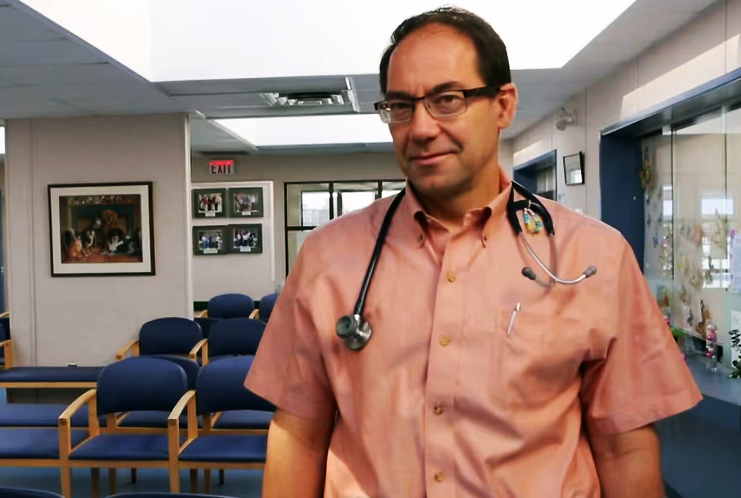As a trauma team leader at University Hospital of Northern B.C., Prince George physician Ian Schokking knows what a difference time makes in preserving the lives of the sickest, most critically-injured patients.
He knows that for patients at risk of dying or suffering permanent impairment due to their injuries the chances of making a full recovery diminishes with the time it takes to receive the right medical intervention. It’s known as the Golden Hour.
Timely care saves lives and that’s why Schokking can’t accept that Prince George appears to be passing up an opportunity to incorporate a rooftop hospital helipad into the design of the new surgical tower planned for UHNBC.
Northern Health announced a month ago the helipad is not part of the business plan for the new tower, a 10-storey building that will occupy the current site of the Northern Interior Health Unit on Edmonton Street.
According to Schokking, the cost of the helipad is the reason it’s not in the plan.
“It’s a million dollars and it’s ridiculous to not do it, it’s wrong,” said Schokking. “It probably saves 20 and sometimes even 30 minutes in the trajectory of a person who has a life-threatening injury when they come by helicopter. It would give at least half an hour earlier care to our sickest patients.
“Time is mortality. Your prognosis is totally dependent on how quickly you get the definitive treatment. You get late to the party and the party’s almost over.”
Schokking says that one extra half-hour riding in the back of an ambulance to the hospital most often will result in increased morbidity to a patient suffering severe trauma. They will bleed more from their injuries and need more transfusions and will require longer hospital stays and need longer recovery time, which costs the medical system.
UHNBC, which serves a population of about 300,000 spread over the vast Northern Health region, is a Level 3 trauma referring hospital. Prince George is the only major city in B.C. without a hospital helipad. Apart from Prince Rupert and Quesnel, there are no other hospital helipads in the Northern Health region.
Schokking said a rooftop helipad would require the extension of the elevator in the building as well as more structural support to take the weight of a helicopter, which adds to the overall project cost, but he says it’s cheaper to build it now than to add it later.
‘If you build it into the design, it’s just a little circle on the top of the building, how can it cost a million dollars, but that’s what I hear,” he said. “The reason they’re not doing it is it costs a million dollars. It’s a trivial amount of money in the grand scheme of things. It is very shortsighted.”
Schokking works with the 22 ER doctors to stabilize patients arriving at the hospital. He assesses whether that patient needs to go for orthopedic or general surgery or to intensive care or be dealt with by a general practitioner. He says the overcrowded 18-bed emergency ward is a constant source of frustration for medical staff.
“There isn’t a day when we’re under 20 (patients) in the morning now, which means there are more people admitted to our emergency department that we have beds,” he said. “I’m seeing people in the hallways, in the bathrooms.
“We had two near-misses last week where people almost died in the waiting room. They’re sitting in the waiting room and you haven’t seen them, you don’t have any spot to see them. There are lots of priorities and that may be why (the province) has decided not to do the helipad."


